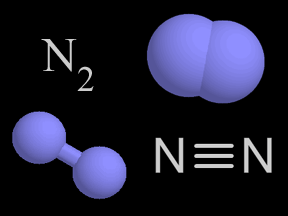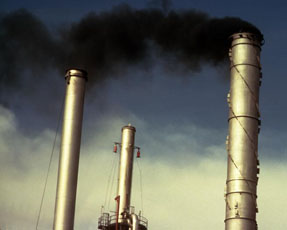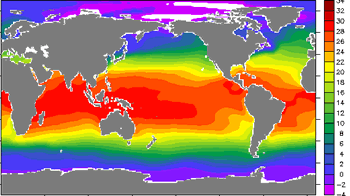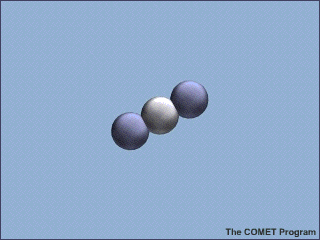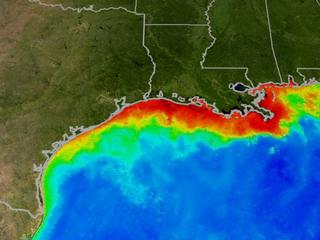
NASA - MODIS/Aqua
Fertilizing the Earth with Nitrogen
Plants need nitrogen to grow. Plants are not able to use the nitrogen that is in the atmosphere for this, even though there is tons of it available. It’s just not in a form that plants can use. So they get the nitrogen they need from the soil where bacteria have converted it into a usable form. In natural conditions, plant growth is limited in many places by the amount of usable nitrogen that is available in the soil.
To grow more crops, people have been transforming nitrogen from the atmosphere into nitrogen fertilizers and then adding the fertilizers to the plants. This has been very successful over the past century, allowing people to farm on lands that had not been as productive in the past, and to produce enough food for growing populations of people. However, fertilizers are often overused, and that can cause problems.
Nitrogen from fertilizers sinks into soils, often creating conditions that favor the growth of weeds rather than native plants. Nitrogen then washes into waterways causing a surplus of nutrients, a situation called eutrophication. In freshwater lakes, rivers, and streams eutrophication causes aquatic weeds to grow unchecked. They sometimes fill entire lakes, rivers, or streams. Algae cloud the water green and slimy algal scum coats shallow rocks.
When the nitrogen-rich waters make their way downstream to the ocean, they cause even more problems. Every summer for more than 30 years high nitrogen levels at the Mississippi River Delta have caused a dead zone where the water empties into the Gulf of Mexico. This dead zone, in which oxygen levels are too low for animals to survive, covered more that 8000 square miles (more than 20,000 km2) of ocean in 2001. It forms when nitrogen in the water causes algae to grow and reproduce very quickly. As the huge amounts of algae die, and decompose, oxygen in the water is used up. Animals can not survive without oxygen. They flee to another part of the ocean if they can, or they die.
Although it is one of the larger dead zones, the one in the Gulf of Mexico (see image at left) is not the only one of its kind. There are about 150 dead zones in the world’s oceans. Almost all of them are located at the mouths of rivers where fertilizers and other nutrient sources like sewage and livestock waste are added to the seawater.







